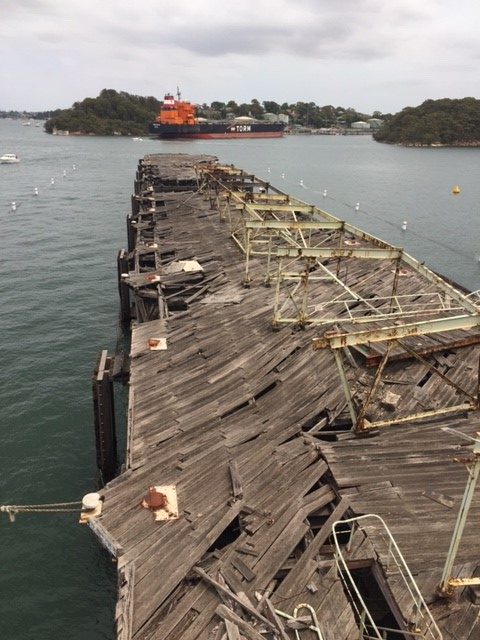An unlikely case about the salvage of a 120 year old wooden ship – the Defender – has found its way into bankruptcy law, with the purported owner of the ship, now bankrupt, claiming that the ship he purchased should be characterised as ‘income’ and it should therefore be his to keep. While property of a bankrupt vests in the trustee in bankruptcy, income, generally, does not.
This was all in the context of his claim against the state of Queensland for damages for the tort of conversion of ‘his’ ship [the ship was destroyed for safety reasons], with Queensland arguing that the ship was not his at all, it had vested in the trustee. It successfully obtained summary judgment in effect dismissing the bankrupt’s claim: See Devine v State of Queensland [2020] QSC 229.
The bankrupt’s argument was that the ship was income or would provide him a source of income was, unsurprisingly, rejected. He was a salvage expert who agreed with its owner to provide his services to salvage the ship in return for its transfer to him, with a view to putting it back into service. But while the Court accepted that there is a concept of “non-monetary income” in s 139ZIHA of the Bankruptcy Act,
“even accepting that chattels might in some circumstances be received as income, a ship is a very different proposition”.
Then the bankruptcy question arose that the ship was said to have been purchased by the bankrupt with money from his income. And income is not divisible property; hence, nor was the ship.
That question brought into focus the rather unsatisfactory answer in the decision of the Full Federal Court in Di Cioccio,[2] that property acquired by a bankrupt during the period of bankruptcy with their post-contribution income is after-acquired property and vests: ss 58, 116.
Chief Justice Holmes gave a detailed analysis of the case law, opening with a comment that ‘after-acquired income of a bankrupt has long been regarded as not vesting in the trustee’, referring to the decision in Re Gillies.[1]
“That was so notwithstanding that the definitions in s 58 and 116 of after-acquired property were wide enough to include income. The legislative scheme was inconsistent with those provisions applying to after-acquired income; Div 4B was akin to a code on dealing with after-acquired income”.
However, the counter argument from the state of Queensland was that Gillies had been overtaken by the decision in Di Cioccio and Holmes CJ accepted that it did present difficulties.
“The statement that Div 4B plays no part in the determination of what property is divisible among creditors under s 116 seems on its face a rejection of the reasoning in Re Gillies, that the Division’s scheme was inconsistent with the application of s 116 to income. … Yet one would expect that if some major departure from the reasoning and result in Re Gillies were intended, that would have been said, given the volume of judicial approval of the case over the years”.
In the end, the Chief Justice adhered “to the view, widely accepted in the cases, that a bankrupt is entitled to retain his or her income, subject to the obligation to contribute”.
And while Di Cioccio gave some support to the bankrupt’s case, the Chief Justice did not consider that the bankrupt had any real prospect of establishing that the ship was after-acquired income on the facts.
Comment
However much the decision in Di Cioccio might be legally correct, from a policy viewpoint it is not. While a bankrupt’s income is subject to payment of income contributions, set at a rate to allow the bankrupt a proper standard of living, income money left over should be theirs to keep; likewise anything bought with it.
Its impact is the worse given the long 3 year minimum period of bankruptcy in Australia, the decision operating to impose an inhibition on the bankrupt’s financial rehabilitation for that period. The Full Court’s suggestions that it can be ameliorated by the trustee’s financial concession to the bankrupt under s 134(1)(ma) is an inadequate answer.
At a minimum, the position should be clarified by law reform.
But at least we now know that a ship is an unlikely item of income.
Note: the extensive background to this case is covered by the ABC.
[1] Re Gillies; Ex parte Official Trustee in Bankruptcy v Gillies [1993] FCA 289; (1993) 42 FCR 571
[2] Di Cioccio v Official Trustee in Bankruptcy (as Trustee of the Bankrupt Estate of Di Cioccio) (2015) 229 FCR 1; [2015] FCAFC 30. A High Court special leave application was dismissed: [2015] HCATrans 230.



